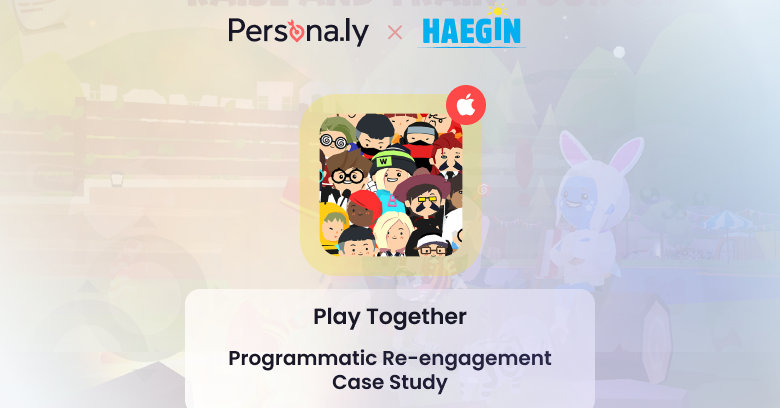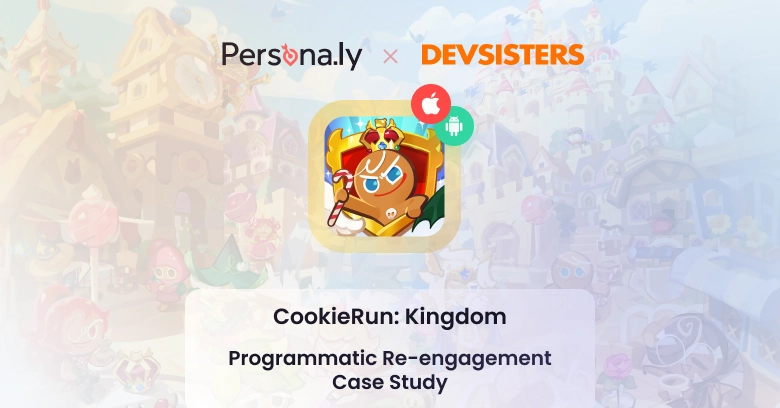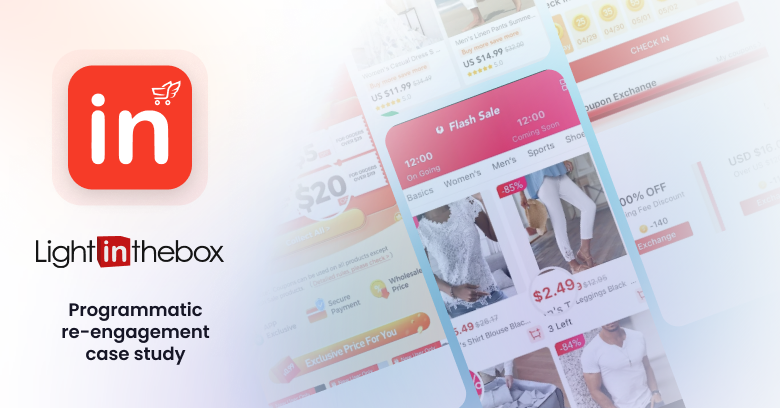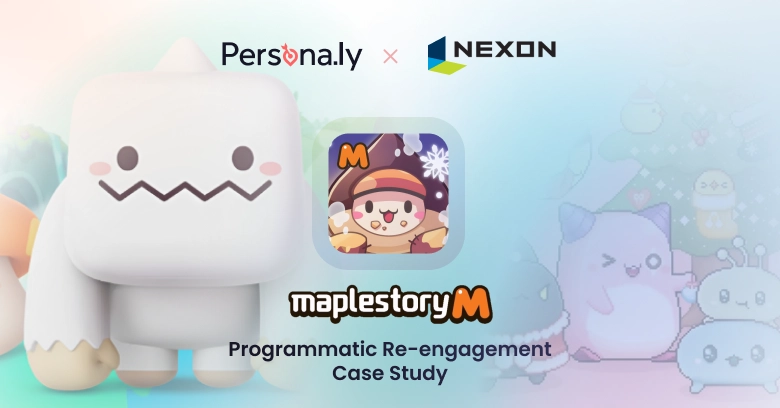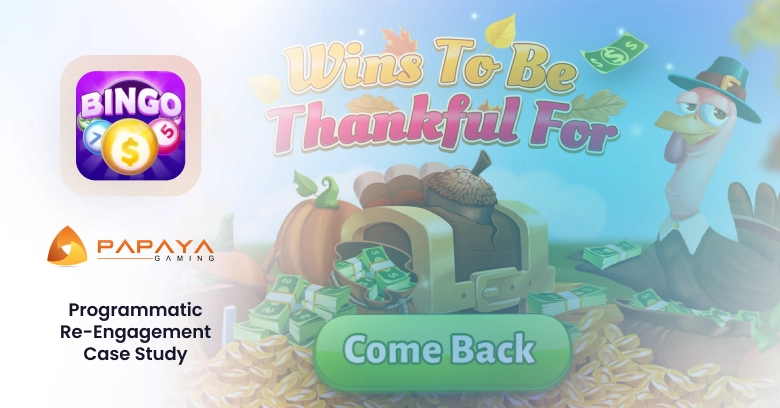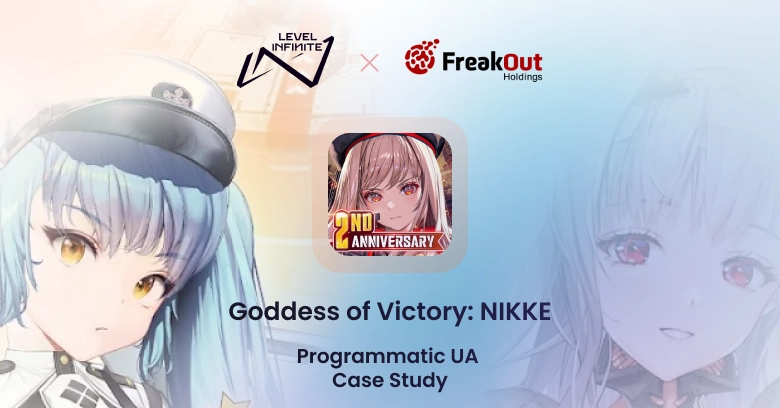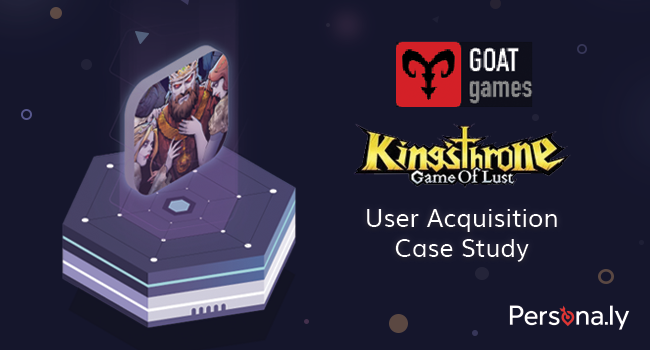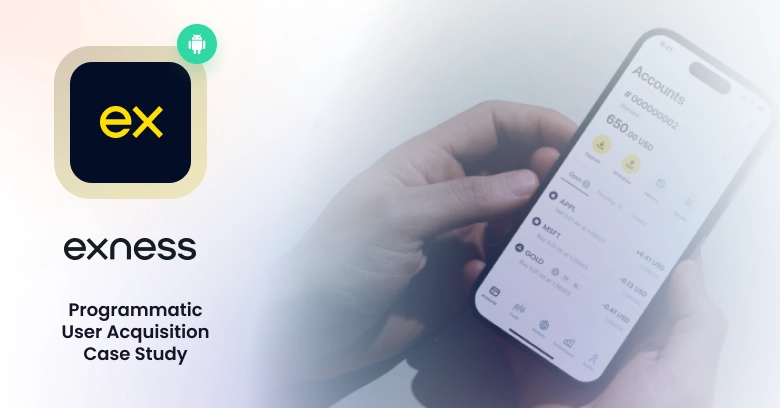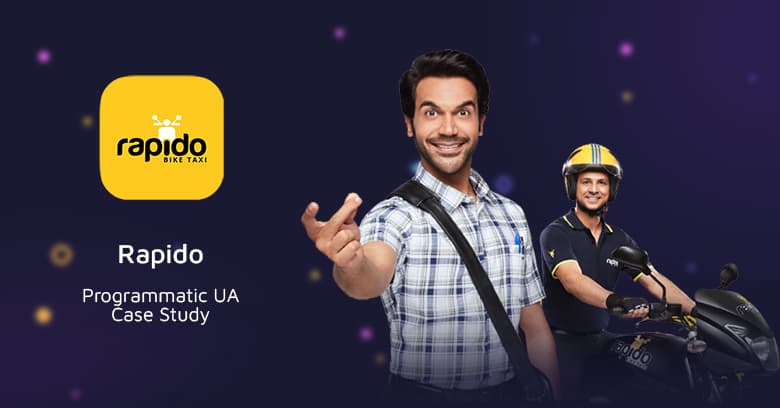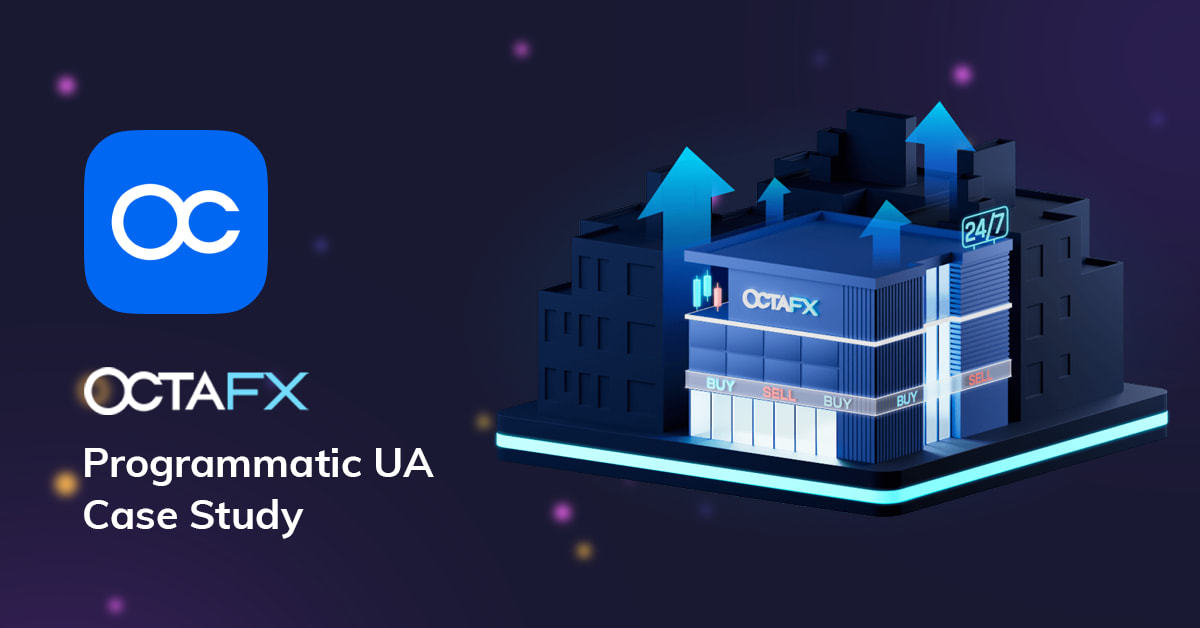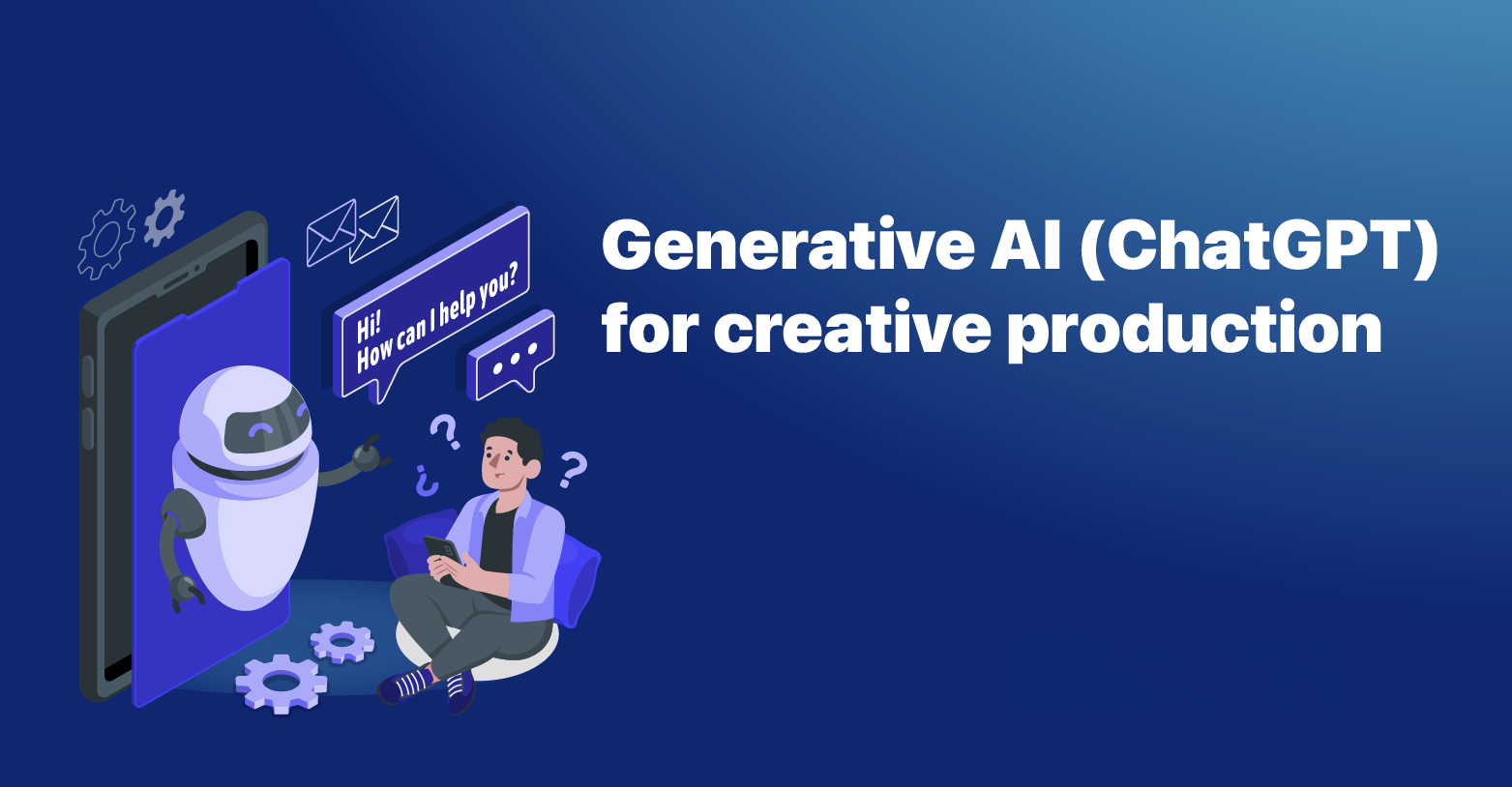
Generative AI (ChatGPT) for Creative Production
This guest post has been written by Mateo Encabo, Marketing Manager at Appvertiser.
In this article (click to jump to the section):
- Rise of AI in advertising industry
- Navigating AI and protecting your clients
- Successful AI integration in creative agencies
- Value of generative AI in the creative process
- Transforming marketing and advertising through AI
- Tips for effectively using AI in creative production
- Benefits of using AI in creative production
- ChatGPT Must-Knows for Creative Production
- Tool Tip: Jasper AI and AIPRM
Are you curious about the benefits of using AI in creative production but want to skip the background? No problem! You can jump straight into the useful tips, tools, and must-knows in sections 8 and 9, where you will find helpful advice and recommendations.
Rise of AI in advertising industry
The advertising industry is at a pivotal moment in the adoption of AI, and it’s essential to approach this technology with a growth mindset. By leveraging generative AI like ChatGPT, agencies can enhance their creative capabilities and deliver more effective campaigns for their clients, while also mitigating potential risks.
The introduction of OpenAI’s ChatGPT last fall sparked a debate within the advertising industry about the impact of large language models and generative AI. While some view it as a threat to the creative process, others see it as an opportunity to enhance their creative capabilities and deliver more effective campaigns. Alongside ChatGPT, there are other LLMs available such as Google’s Bard, Anthropics’ Claude, Meta’s LLaMa, and the recently announced GPT4.
ChatGPT has been particularly successful, with over 100 million users in just two months, making it the fastest-growing consumer application of all time. With the market for AI in marketing predicted to reach $35 billion next year, and potentially exceed $100 billion before the end of the decade, it’s clear that the adoption of AI is accelerating.
Navigating AI and protecting your clients
The narrative arc around new technologies and how they’re adopted serves as an effective mental model for how creative agencies should approach AI adoption. It starts with the Discovery phase when something new and shiny gets our attention, followed by the Exploration phase when we get excited by the technology because it’s new and innovative. Then comes the Evaluation phase when we determine the technology’s effectiveness and the risks associated with its use. Finally, there’s the Implementation phase, when the technology is normalized and viewed mainly in terms of the benefit it provides.
As we navigate the Discovery, Exploration, and Evaluation phases of AI adoption, it’s crucial to protect our clients from the risks associated with new technologies. We must learn from the past and avoid the pitfalls of technologies like Napster and Cambridge Analytica. Instead, we should focus on how AI can be leveraged to enhance our creativity and deliver better campaigns for our clients.
Successful AI integration in creative agencies
AI is transforming growth marketing by automating routine tasks and enabling teams to focus on high-value work. NLP algorithms generate personalized ad copy that resonates with target audiences, while machine learning algorithms create custom visuals based on brand preferences. Real-time campaign optimization using AI provides insights that improve ROI. The use of AI enables marketers to focus on high-value work, while leaving routine tasks to machines, making it an essential tool for driving business growth.
Value of generative AI in the creative process
The real value of generative AI in the creative process lies not in its ability to directly create new work, but in its ability to enhance the existing creative process. ChatGPT is a powerful, always-on creative assistant. Rather than simply generating copy, it can help understand concepts better and rephrase ideas to improve audience comprehension.
Marketing teams are already using a range of generative AI tools, such as ChatGPT, DALL-E, Stable Diffusion, and Midjourney, to quickly and efficiently create storyboards. By using their own words and feelings, these tools act as a launching pad for further creativity. The true power of generative AI lies in the creative process itself, rather than just the output it generates.
Transforming marketing and advertising through AI
The integration of generative AI is transforming the marketing and advertising industry, changing not just how creative teams work but how they collaborate with other parts of the business. Many agencies are excited about the potential of training these tools on proprietary data from brand clients and their own body of work, enabling even more customized results. By utilizing the unique cultural and philosophical aspects of their clients, agencies can differentiate themselves in the market. However, some still hesitate to embrace this technology, fearing the unknown. To avoid becoming the next Kodak or Blockbuster, it’s important for agencies and individuals to start experimenting with generative AI now. While the technology may seem complex, the barrier to entry is surprisingly low – all it takes is the press of a button.
Tips for effectively using AI in creative production
- Prepare for disruption – While generative AI can enhance and streamline the creative production process, it’s important to recognize that it can also disrupt traditional workflows and ways of thinking. It’s essential to be open to change and to prepare for any potential disruptions that may occur as a result of implementing the technology.
- Invest in your ontology – A well-organized and up-to-date foundational knowledge base is essential for effectively leveraging generative AI. By investing time and resources into building and maintaining an ontology, you can ensure that the AI has access to the information it needs to generate high-quality ideas.
- Get comfortable with talking to AI – Effective communication and collaboration between humans and AI is key to success in creative production with generative AI. By getting comfortable with talking to AI, you can ensure that you are effectively communicating your ideas and that the AI is able to understand and execute them.
Benefits of using AI in creative production
- Research faster than ever before – Generative AI quickly sifts through vast amounts of data, enabling faster and more efficient research for effective and successful creative production.
- Inspiration at your fingertips – Generative AI provides a wealth of creative ideas to spark new possibilities and innovative, impactful creative production that engages and resonates with audiences.
- Streamline creative processes – Generative AI can assist in the existing creative process by providing always-on creative assistance, helping to better understand concepts and rephrase copy for improved audience understanding.
- Personalized results – With the ability to train generative AI on proprietary data from brand clients and body of work, agencies can create more customized results and differentiate themselves from competitors.
- Low barrier to entry – The ease of use of generative AI tools allows any agency or creative person to start experimenting and stay ahead in the rapidly progressing industry.
ChatGPT Must-Knows for Creative Production
- Provide clear and specific prompts – The quality of the responses from ChatGPT will largely depend on the quality of the prompts you provide. Be sure to give clear and specific prompts that will guide the AI in the right direction.
- Use a conversational tone – ChatGPT is designed to generate natural language responses, so it’s best to use a conversational tone when interacting with it. This can help to make the process more engaging and enjoyable.
- Don’t rely solely on ChatGPT – While ChatGPT can be a powerful tool for generating ideas, it’s important not to rely solely on it for creative production. It’s best to use ChatGPT as a supplement to your own ideas and creative thinking.
- Use multiple prompts – To generate a wide variety of ideas, try using multiple prompts in a single conversation with ChatGPT. This can help to stimulate the AI’s creativity and generate more diverse ideas.
- Refine and iterate – Don’t settle for the first idea that ChatGPT generates. Instead, refine and iterate on the ideas until you find one that meets your needs and fits the project.
Tool Tip: Jasper AI and AIPRM
If you’re a growth marketer looking for tools to streamline your ad creative production and improve your ROI, there are a few options worth considering.
One of these is Jasper.AI, a tool designed specifically for ad copy and SEO. Jasper.AI provides in-app translation to more than 25 languages and a wider word limit than ChatGPT. Additionally, it allows for easy testing of multiple copy variations to increase sales and improve your ROAS. Another excellent feature of Jasper.AI is that it allows you to keep your team organized with folders for your clients and multiple projects.
Another tool to consider is AIPRM, a Chrome extension that offers thousands of prompts for things like SEO, marketing, copywriting, productivity, and more, all right within ChatGPT. With AIPRM, you can customize the tone, writing style, and output selecting from the options it already gives you, instead of thinking and writing. It also eliminates errors preventing them instead of correcting them. You can use AIPRM to give instructions to ChatGPT about other apps like Midjourney or programming languages, and there is a community that votes so prompts get a score and you know if it will work.
About the Author
Mateo Encabo, Marketing Manager at Appvertiser
Appvertiser is a performance marketing company that helps app developers achieve growth through tailored campaigns and effective strategies. Our skilled growth marketers are committed to delivering exceptional ROI and user acquisition results for our clients.

